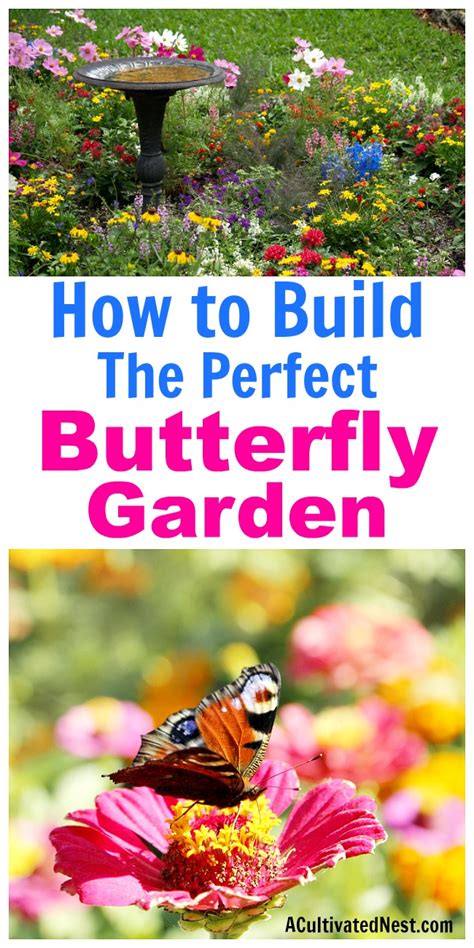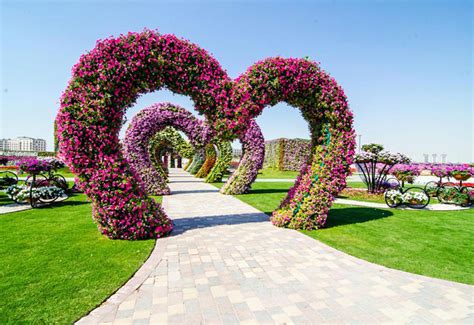The Butterfly Garden

The Butterfly Garden, a haven of natural beauty and wonder, has long been a source of fascination for people of all ages. With its delicate balance of flora and fauna, this unique ecosystem supports a diverse range of butterfly species, each with its distinct characteristics and habits. As we delve into the world of the butterfly garden, it becomes evident that creating and maintaining such a haven requires a deep understanding of the intricate relationships between plants, butterflies, and their environment. In this article, we will explore the essential elements of a butterfly garden, the importance of conservation, and the ways in which these gardens contribute to our broader understanding of ecology and biodiversity.
Designing a Butterfly Garden

A well-designed butterfly garden is more than just a collection of plants; it is a carefully crafted ecosystem that provides a habitat for butterflies to thrive. The selection of plants is crucial, as different species of butterflies are attracted to specific types of flowers, shrubs, and trees. For instance, the Monarch butterfly is particularly fond of milkweed, while the Red Admiral is drawn to nettles and hops. A mix of nectar-rich flowers, such as sunflowers and zinnias, and host plants, like dill and parsley, is essential for supporting the entire life cycle of the butterflies. By incorporating a variety of plants that bloom at different times, a butterfly garden can provide a constant source of food and shelter for its inhabitants.
Conservation Efforts
Butterfly gardens play a vital role in conservation efforts, as many species of butterflies are facing threats to their survival due to habitat destruction, climate change, and pesticide use. By creating these gardens, we can help to protect and preserve the natural habitats of butterflies, as well as raise awareness about the importance of conservation. For example, the Xerces Society has developed a range of conservation programs, including the creation of butterfly-friendly habitats and the promotion of sustainable gardening practices. By supporting such initiatives, we can contribute to the preservation of these magnificent creatures and the ecosystems they inhabit.
| Butterfly Species | Host Plant | Nectar Source |
|---|---|---|
| Monarch | Milkweed | Sunflower |
| Red Admiral | Nettle | Hops |
| Painted Lady | Thistle | Lavender |

Key Points
- A well-designed butterfly garden requires a mix of nectar-rich flowers and host plants to support the entire life cycle of the butterflies.
- Conservation efforts, such as the creation of butterfly-friendly habitats and the promotion of sustainable gardening practices, are crucial for protecting and preserving butterfly populations.
- Butterfly gardens provide a range of ecological benefits, including pollination and pest control, and contribute to our broader understanding of ecology and biodiversity.
- The selection of plants is critical, as different species of butterflies are attracted to specific types of flowers, shrubs, and trees.
- By supporting conservation initiatives and embracing sustainable gardening practices, we can help to protect the natural world and preserve the beauty and wonder of the butterfly garden.
The Importance of Biodiversity

The butterfly garden is a prime example of the importance of biodiversity in maintaining healthy ecosystems. By supporting a wide range of plant and animal species, these gardens help to maintain the delicate balance of nature and ensure the long-term health of the environment. As we consider the role of butterfly gardens in promoting biodiversity, it becomes clear that these ecosystems are not just important for the conservation of butterflies, but also for the preservation of the natural world as a whole. By embracing the principles of biodiversity and conservation, we can work towards creating a more sustainable future, where the beauty and wonder of the butterfly garden can be enjoyed for generations to come.
Ecological Benefits
Butterfly gardens provide a range of ecological benefits, including pollination, pest control, and soil conservation. By attracting a variety of pollinators, such as bees and butterflies, these gardens help to maintain the health of plant species and ensure the reproduction of flowers and crops. Additionally, the presence of butterflies and other insects in these gardens helps to control pest populations, reducing the need for pesticides and maintaining the balance of the ecosystem. By incorporating native plants and sustainable gardening practices, butterfly gardens can also help to conserve soil and prevent erosion, ensuring the long-term health of the environment.
As we reflect on the importance of butterfly gardens, it becomes evident that these ecosystems are not just beautiful and fascinating, but also provide a range of ecological benefits and contribute to our broader understanding of conservation and biodiversity. By embracing the principles of sustainability and conservation, we can work towards creating a more sustainable future, where the beauty and wonder of the butterfly garden can be enjoyed for generations to come.
What are the essential elements of a butterfly garden?
+A well-designed butterfly garden requires a mix of nectar-rich flowers and host plants to support the entire life cycle of the butterflies. The selection of plants is critical, as different species of butterflies are attracted to specific types of flowers, shrubs, and trees.
Why are butterfly gardens important for conservation?
+Butterfly gardens play a vital role in conservation efforts, as many species of butterflies are facing threats to their survival due to habitat destruction, climate change, and pesticide use. By creating these gardens, we can help to protect and preserve the natural habitats of butterflies, as well as raise awareness about the importance of conservation.
What are some of the ecological benefits of butterfly gardens?
+Butterfly gardens provide a range of ecological benefits, including pollination, pest control, and soil conservation. By attracting a variety of pollinators, such as bees and butterflies, these gardens help to maintain the health of plant species and ensure the reproduction of flowers and crops.



